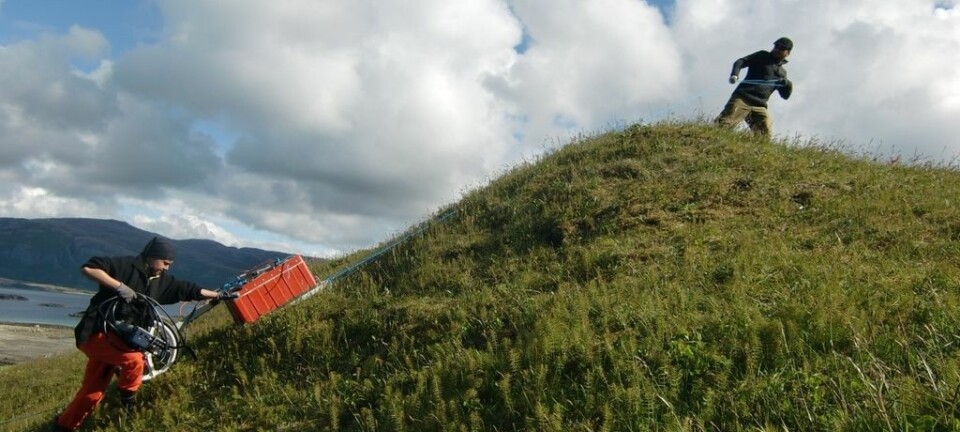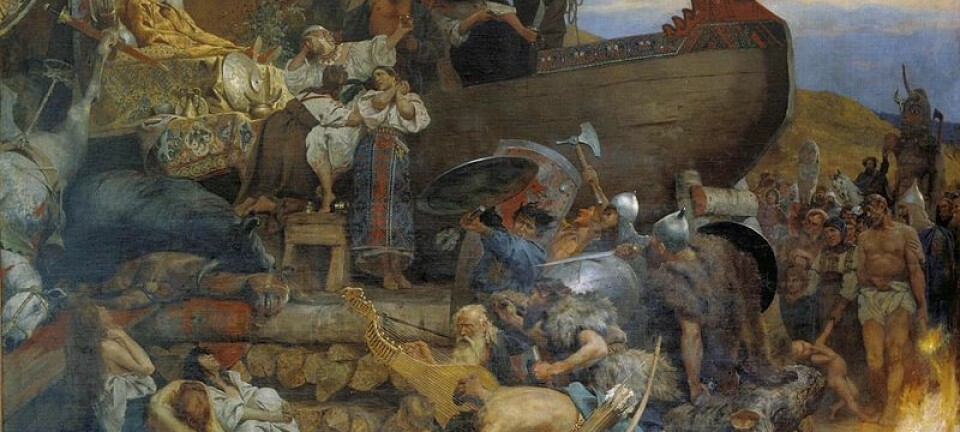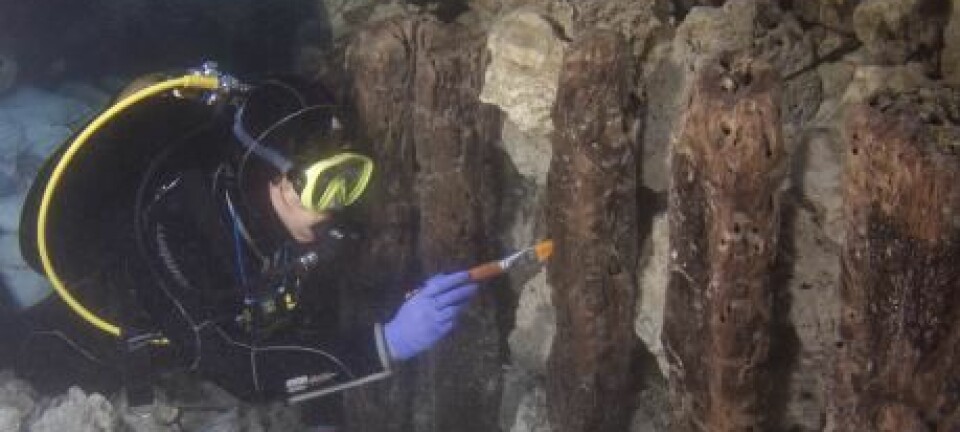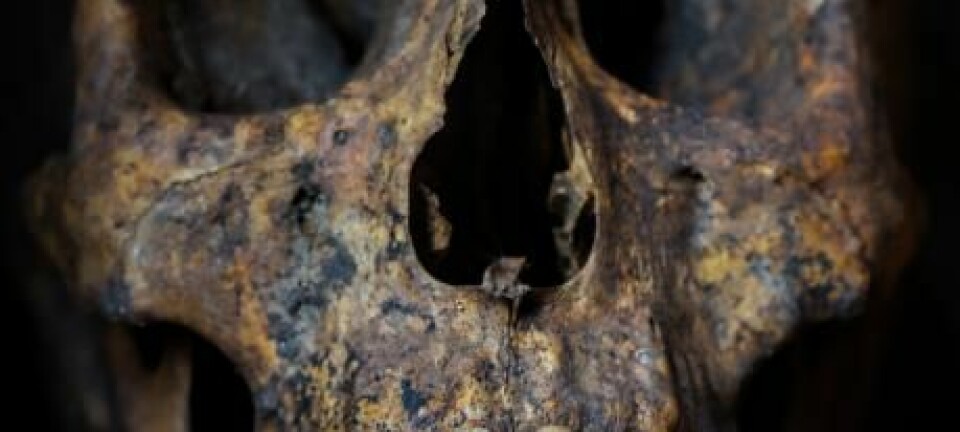
Archaeologists: Cities deserve better treatment
Urban archaeology is one of our best archives of the development of society and people. Until now it has been neglected but this can and must change, say two archaeologists.
Cities are some of the best archives we have of the development of people and societies, and so we should start treating them as such, says Professor Søren Sindbæk from Aarhus University, Denmark.
“Cities have been studied without enough effort,” he says. “We’ve not been rigorous enough when it comes to data collection and they deserve better.”
Sindbæk is one of the main forces behind the Center for Urban Network Evolutions (UrbNet) at Aarhus University, Denmark, where scientists study urban development, organisation, and networks.
A richer interpretation
Together with the head of UrbNet, Professor Rubina Raja, Sindbæk has developed a new research practice that they have dubbed ‘High definition Archaeology.’
The idea is to look at less, but in more detail.
“We work with a much denser amount of data and look deeper at specific points. In this way we get a richer picture than before,” says Sindbæk.
Using the ‘high definition’ approach means that the research group will incorporate methods from the natural sciences and collaborate with experts from other fields, says Raja.
“Archaeologists are often so specialised that they don’t think outside of their own area, and in most cases there’s nothing wrong with that. But when it comes to the problems we work with [at UrbNet], we need to think outside our own field to get the full picture,” she says.
Widespread geographic coverage over a long period
The UrbNet scientists are working with just a handful, but significant city societies, spread over the world from Zanzibar in East Africa to Ribe in Denmark.
At the same time, they work with a broad time span, covering everything in between the Hellenistic period from 323 BCE and up until the Late Medieval Period around 1500 CE.
“If we can think outside of the established time periods—which are somewhat artificial inventions—and at the same time look beyond the regional, then we have the potential to let archaeology present itself in its own right,” says Raja.
High Definition Archaeology can provide archaeologists with a much-needed push towards independence, she says.
“Archaeology has previously been a bit of a supplementary science for historians and linguists. We are uttering in a bit of a showdown within the humanities, because we think that archaeology can and should stand on its own feet,” says Raja.
See the sites included in the UrbNet project in the map below.
Broad approach is a major strength
The broad coverage of the UrbNet study sites is one of the project’s strengths says archaeologist Stig Bergmann Møller from Nordjyllands Historiske Museum (The Historical Museum of Northern Jutland), Denmark.
He studies urban archaeology in the city of Aalborg in Denmark but is not involved in the new project.
“Raja and Sindbæk work with a broader geographic and temporal range than most other urban archaeologists do. At the same time, they aim to use the natural sciences better than is typically possible, and above all, affordable within Danish urban archaeology,” he says.
“It provides them with good opportunities of finding connections within urbanisation in a broader perspective,” says Møller.
“We did not invent the wheel”
Raja says that UrbNet is not the first attempt to combine archaeological and historical theories with modern methods from the natural sciences—but UrbNet’s work stands out, she says.
“We don’t claim to have invented the wheel, but we’re the first that do it over such a long chronological period and broad geographical span. We combine high definition methods with a high definition approach, where we use case studies to try to answer some of the big questions, such as how people traded, and how things moved over large distances,” she says.
A city does not just stop existing or developing at a given time just because the one who’s digging is an archaeologist specialising in the Middle Ages or classical archaeology.
“To put archaeology’s contribution in the spotlight we need to answer the big questions and not let ourselves be limited by our own specialised area,” says Raja.
--------------------
Read more in the Danish version of this story on Videnskab.dk
Translated by: Catherine Jex










